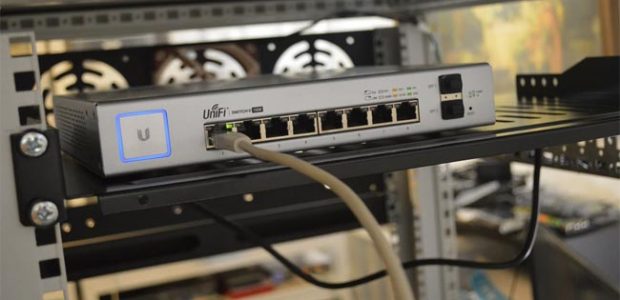
Not everyone is an expert on the internet, in laying down networks and installing the cables that let networking devices run. As you can imagine, that can lead to issues like bad installations. It isn’t even always a big deal that causes problems. Sometimes, it is instead something small and seemingly insignificant that will break the network down over time.
IT professionals do agree there are a few errors that seem to crop up often. These are mistakes that both amateurs and experts can end up making, whether through ignorance or overlooking the basics. So here are the 11 most common things you want to avoid when you’re installing network cables.
Failure to Manage the Cables
The first error is the lack of cable management. Even if you get OTS cable so you have high-quality ones, you can’t expect good performance if you don’t manage the cables properly. You want to label them and organize them for two things. First, you want them to be easy to access in case of maintenance. Second, you want them to be far apart enough that they don’t cause interference in each other.
Forgetting to Plan
Failure to plan is another error. You need to know how you’re going to lay things out. Plan this part in advance, again because you need to avoid interference and the cables winding together.
Neglecting to Test
Don’t ever fail to test the network before you let it go live. This is crucial because you want to see if the layout and setup actually works. If it works, that’s great. If it doesn’t or if there are issues on data transmission and safety, you need to figure out where you went wrong.
Ignoring the Rules
Never ignore the rules. When setting up the network, remember that there are laws, standards, and even building codes that you need to keep in mind. Forgetting these could mean you need to re-do the whole thing. In more than a few cases, they also mean you need to pay fines.
Neglecting to Account for Temperature Extremes
Temperature extremes can be problematic. Extreme heat and extreme cold alike can damage the cables and the rest of your hardware, taking the whole network down with them. Account for this and include measures to either control the temperature or use cables that are resistant to such things, which will mean industrial patch cables.
Running the Cables Too Long
Keep the distances in mind. Cables don’t retain signal strength over 100 meters, in most cases. You don’t want to have a cable run that long, so the layout has to keep things within that distance.
Running Near Interference
Don’t run the cables near anything that can cause interference. These include sources of magnetism, electrical current, and even things like motors and fluorescent lighting. Keep the layout and path of your cables free of these hazards or forever deal with a signal that’s never going to reach full strength.
Keeping Them Out of Reach
A related note is to keep the cables in areas that would be easy to reach. This is a practical consideration for things like future upgrades or if something needs to be replaced. You don’t want to lay the cable down in a place and find yourself in need of a demolition team two years down the line because you can’t get to it anymore.
Cables Parallel to Electrical Wires
Don’t keep the cables parallel to electrical ones. If you don’t run them perpendicular to one another, you will cause interference in both. Both of these generate electromagnetic fields that clash with one another. Avoid them being too close to each other if possible, but run them perpendicular if you can’t.
Too Little Space
Account for removal space. Technology changes and no network is going to last forever. When the time comes for you to get new cables and hardware, you’ll thank yourself for that extra space. In general, you want more space than is strictly necessary though not always a lot. We should also repeat the reminder that you don’t want to put the cables in a place you can’t access.
One Cable for Voice, One for Data
Once upon a time, you needed to have a separate cable for data and one for voice. This was back in the day when a separate arrangement was needed for the two. These days, this is no longer required and may not even be a viable option. The advent of things like fiber optic and twisted pair cables solves this issue.
Forgetting to Ask for Help
Finally, people should remember that they can ask for help. They don’t have to do the installation alone. If they’re not sure what to do, call for an expert to assist them. People who insist they can do it themselves without knowing enough are just going to cause problems for themselves, their network, and the technician that eventually comes in to fix things.
Conclusion
There you have it. These are the 11 most common errors people make when installing their network cables. Learn them and avoid them so you can give yourself a better start on your networking experience. Ignore them and you’re going to run into problems sooner or later.
